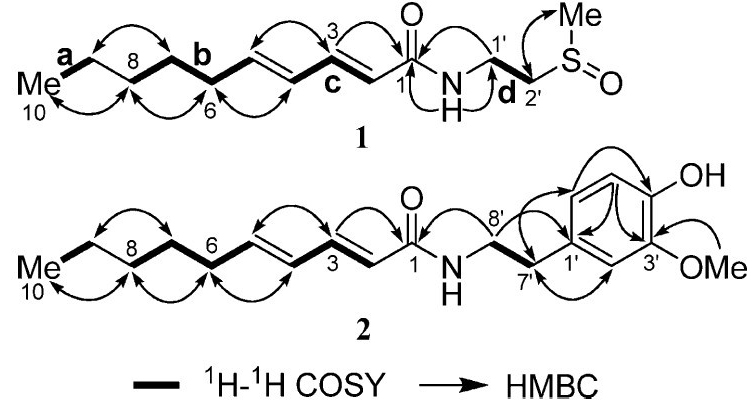The De'ang people, an old indigenous minority in China, mainly live in the Southwest of Yunan Province. They have accumulated abundant traditional knowledge about utilization of medicinal plants in their long-time live and produce. Supporting financially from the Knowledge Innovation Project of the Chinese Academy of Sciences, the research group of Prof. LONG Chunlin in Kunming Institute of Botany, has carried out an ethnobotanical investigation of medicinal plants in De'ang communities. It has been found that 92 species belonged to 54 families and 87 genera were highly valuable for medicinal uses. Of the 92 plants recorded, 23 species were newly recorded for the De'ang people, and new medicinal properties of one plant species was recorded for the first time.
Piper boehmeriaefolium (Miq.) C. DC. (Piperaceae) is a medicinal plant used in De'ang communities. It was found that the De'ang people sliced the roots of P. boehmeriaefolium to alleviate toothache. The ethnomedicine contained high-contents of amides according to the results by Prof. Long’s group. Previous reports showed that the amide alkaloids possessed analgesic activity. Additionally, the alkaloid 1-[(9E)-10-(3,4-Methylenedioxyphenyl)-9-decenoyl] pyrrolidine from the plantexhibited significantly cytotoxic activity against human cervical carcinoma HeLa cells. Parts of the related research results have been published in Journal of Natural Products (2011,74, 45–49) and Acta Botanica Yunnanica (2010, 32, 87–90).

Key 2D NMR correlations of 1 and 2 (image by TANG Guihua)




